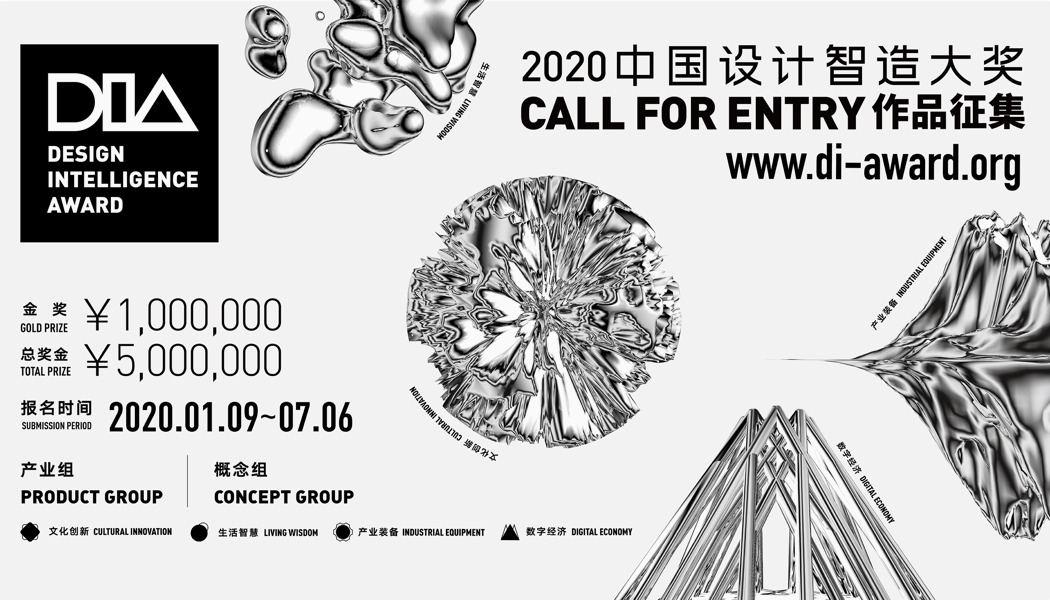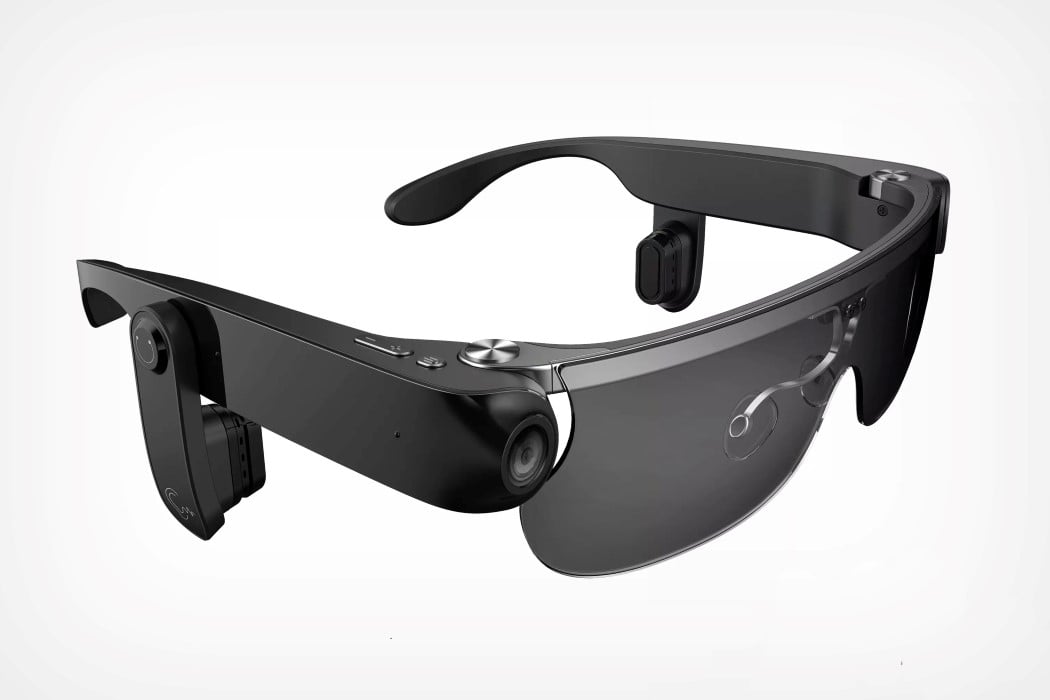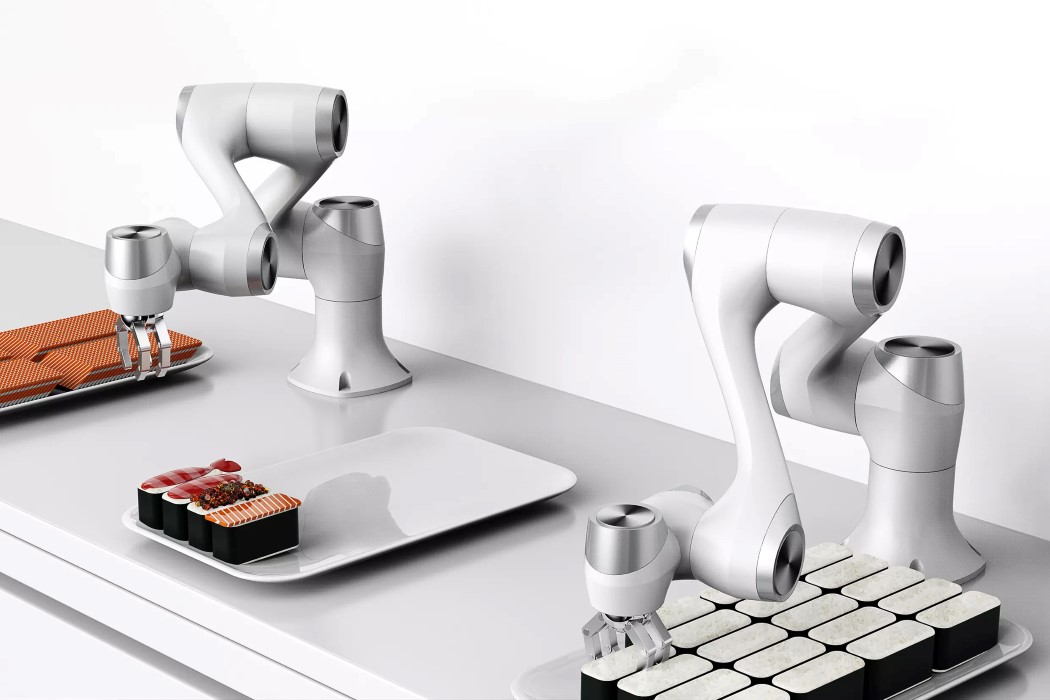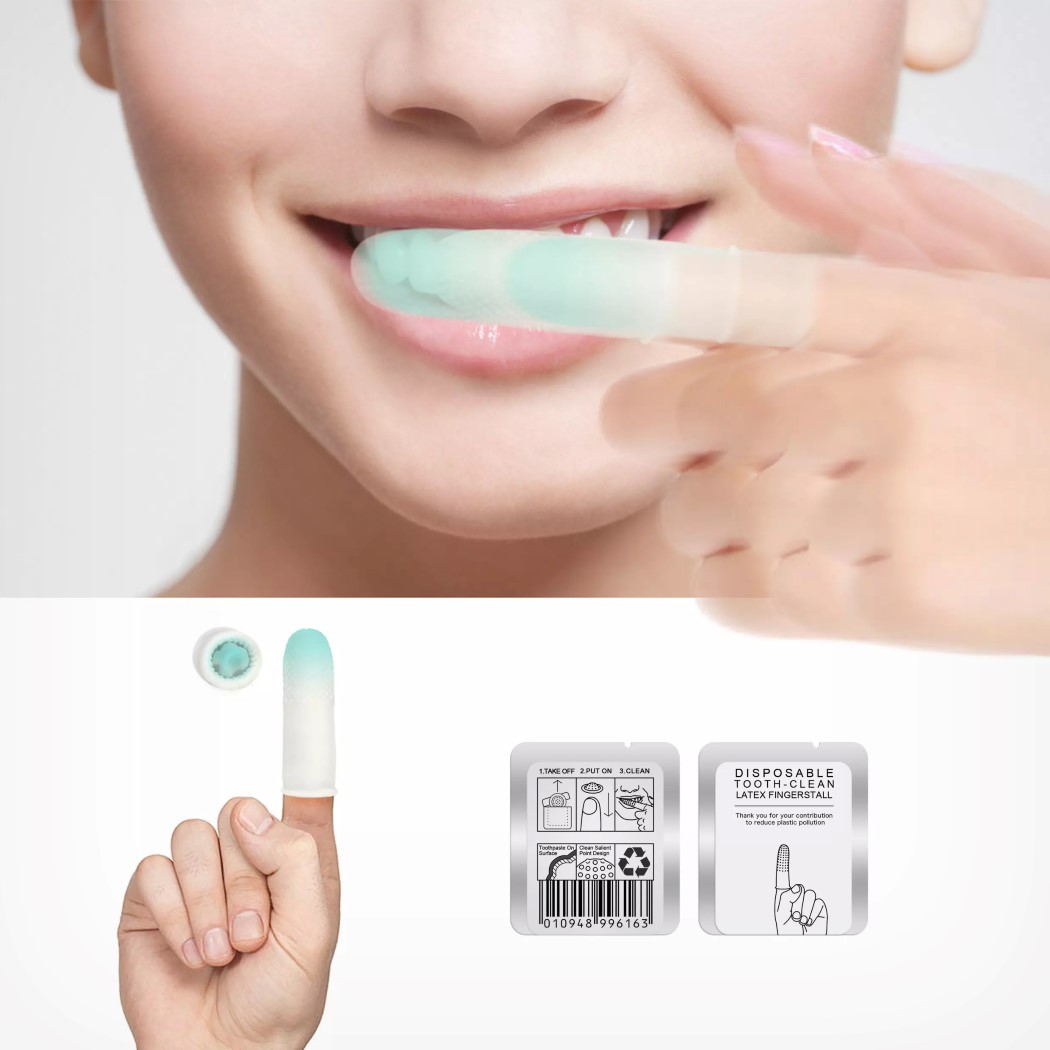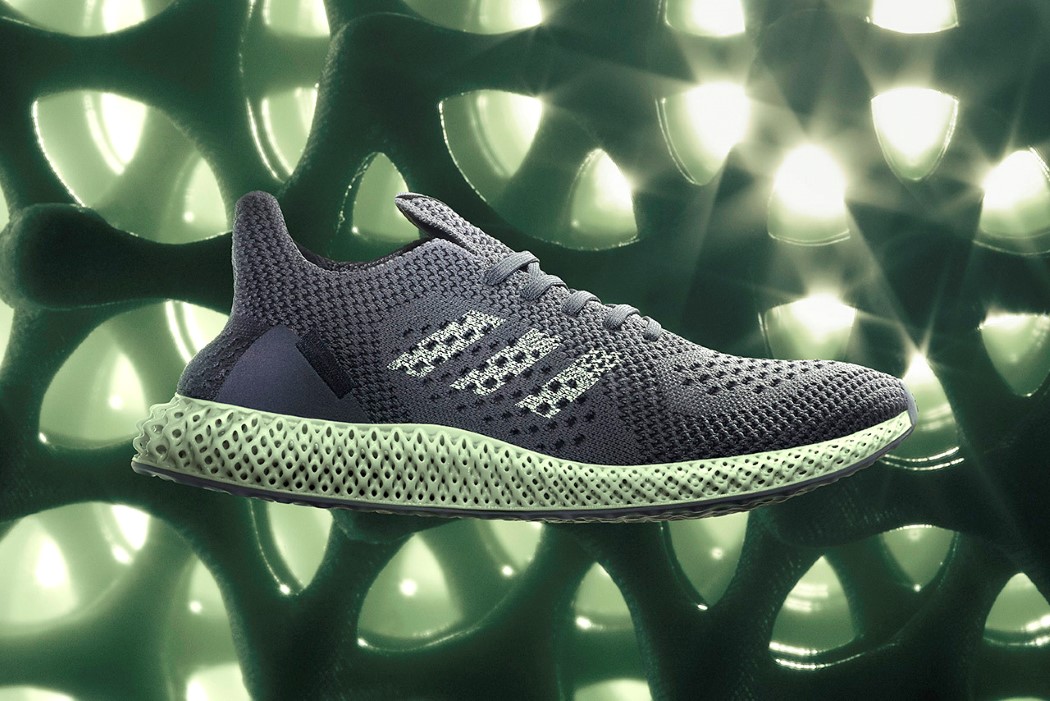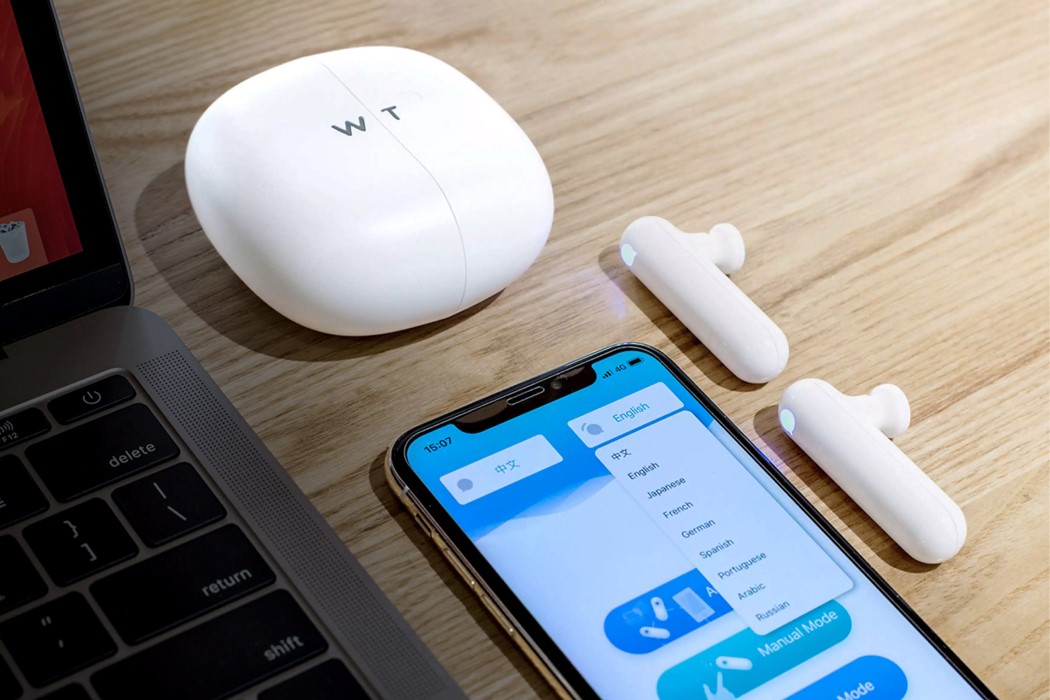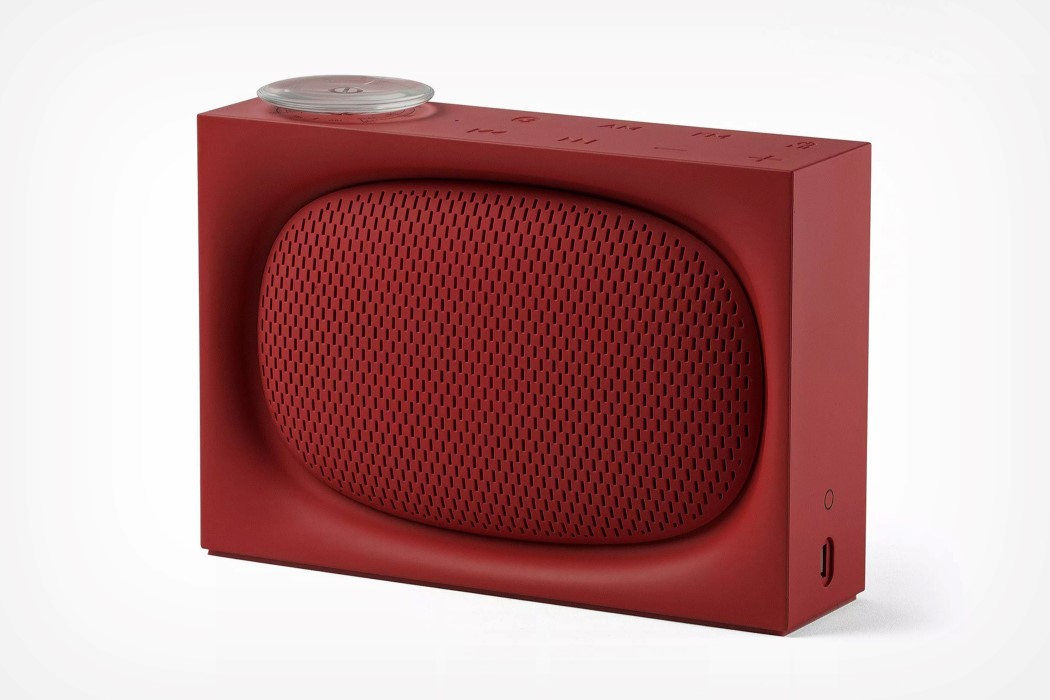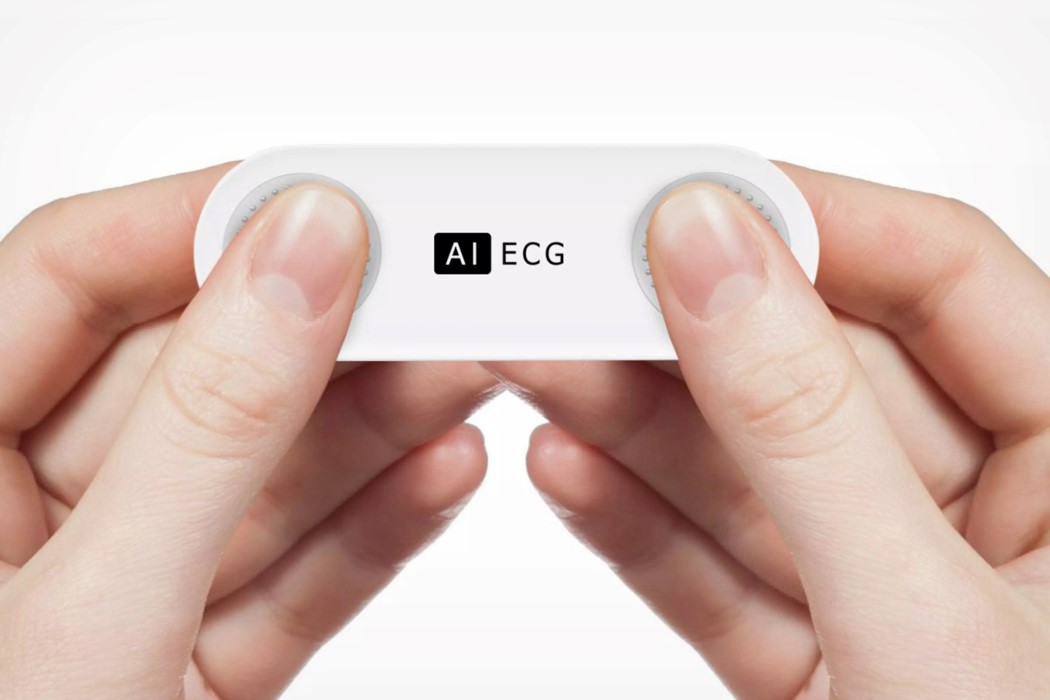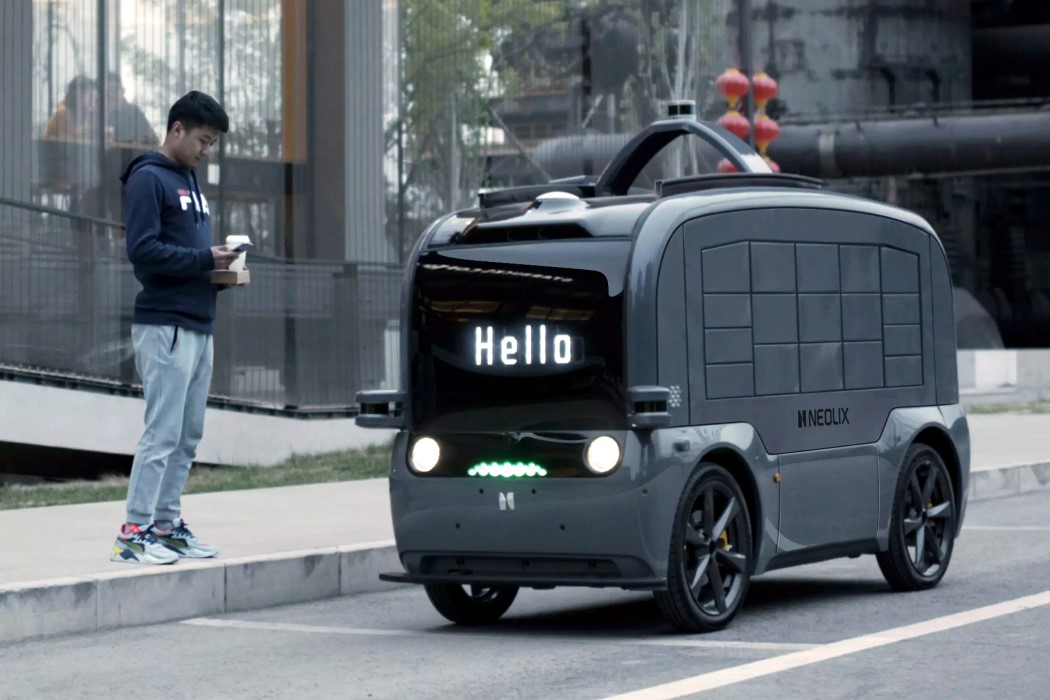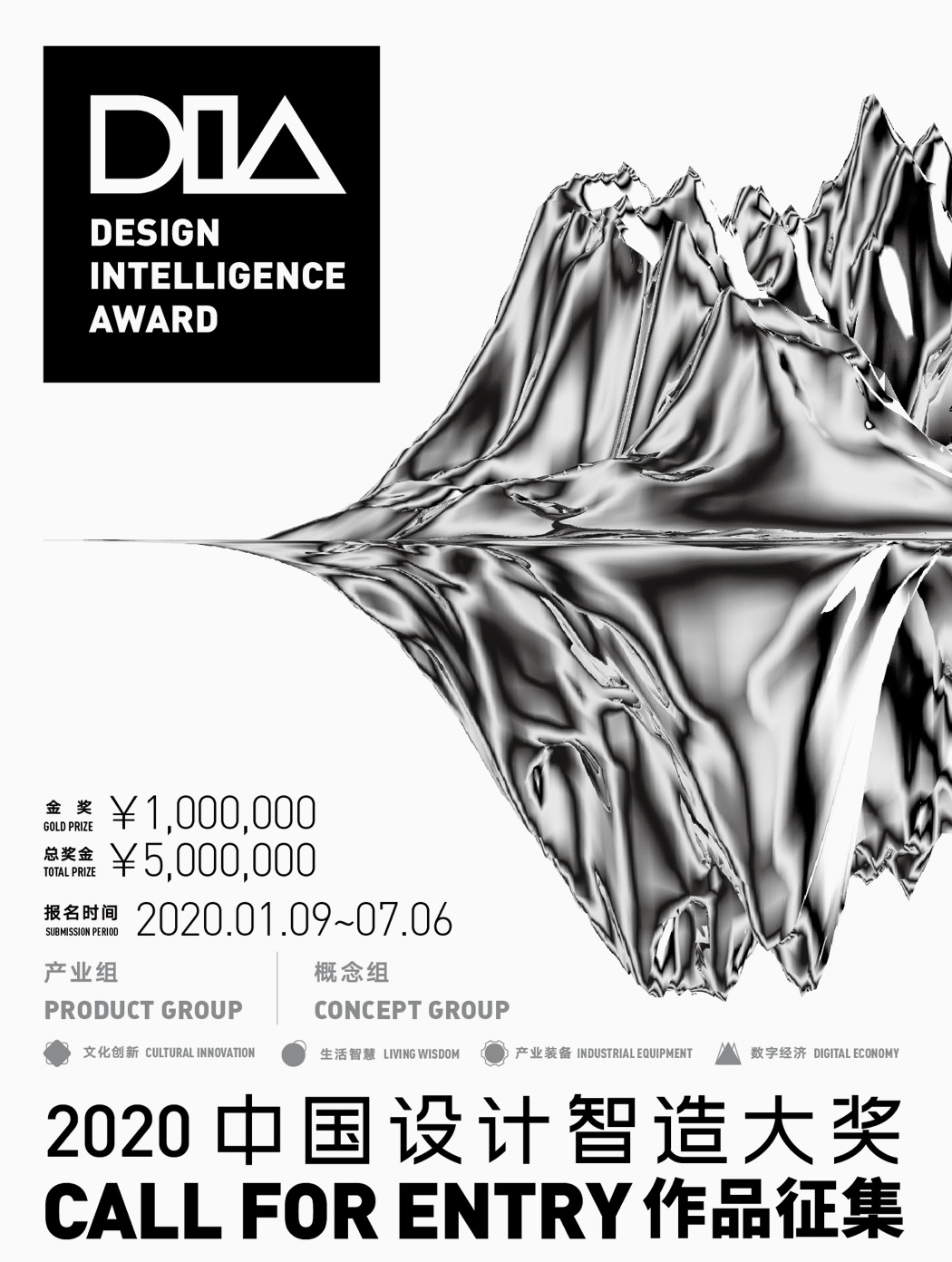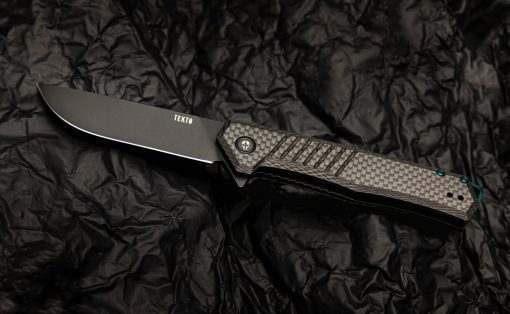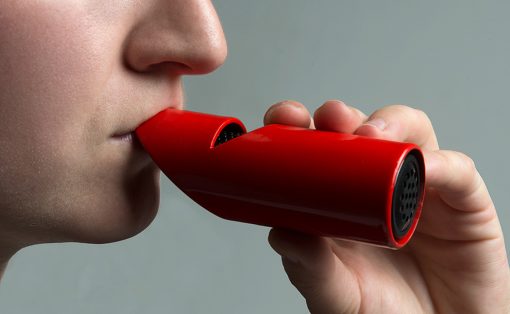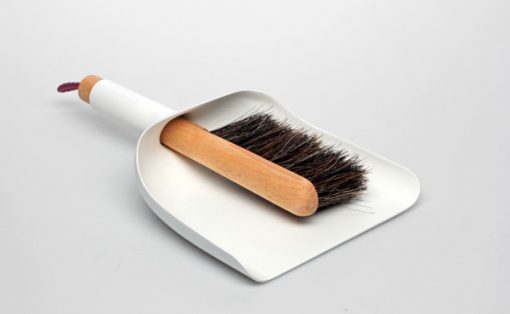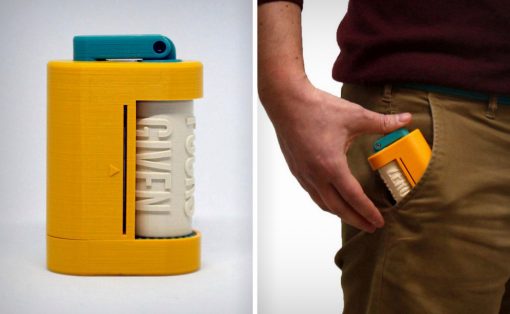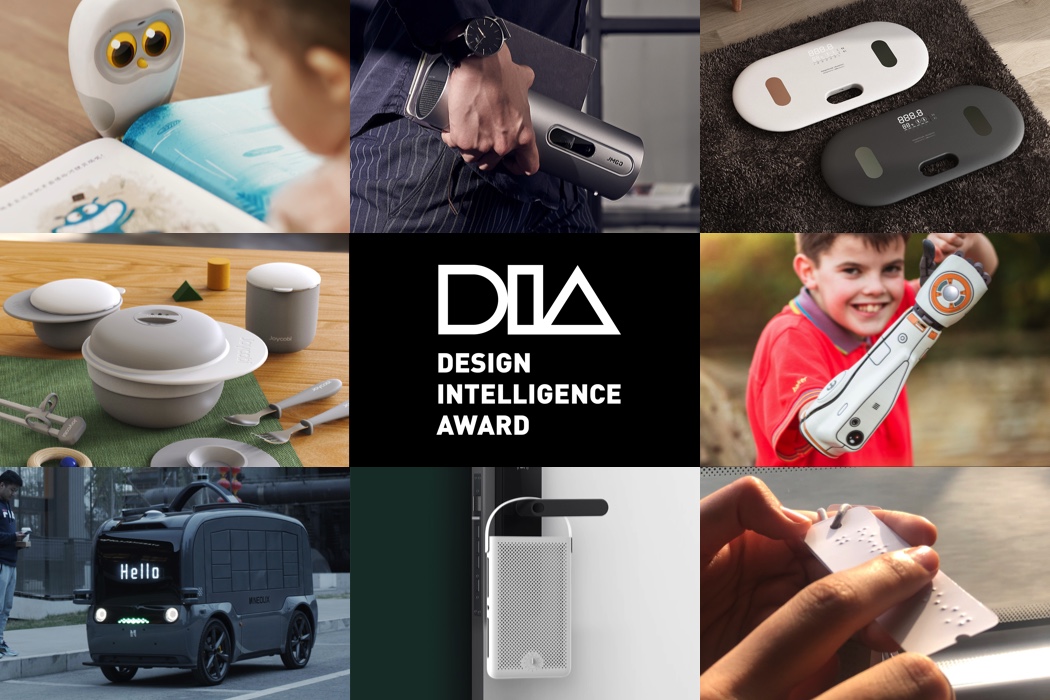
The purpose of an award, just speaking in a literal sense, is to reward something based on a set of guidelines. Awards are symbols of achievement, but aren’t therein, symbols of complete success. Think about it for a second – Is a design considered great if it has an award to its name? Or is it considered great based on its ability to affect positive change in the life of its users? Awards and real-world impact can sometimes be mutually exclusive, but the Design Intelligence Awards are actively trying to bridge that divide. China’s premier awards program, the Design Intelligence Award (DIA) doesn’t just reward good design. It incubates it. An award may be a symbolic achievement, but with the DIA, the award is often directly tied to real-world impact, because designs that participate in the Design Intelligence Award, go from brief to prototype to product pitch all in the span of the award’s timeline. It’s a long, arduous, meticulous process that’s less of your standard awards program and more of a crash course in design refinement, development, presentation, and the business of design. At the end of the program, all participants come out with insights and skill-sets to take their product from sketch-book to the marketplace, while the winners of the award are additionally awarded a hefty cash prize of 1 million RMB (approx. $145,000 USD).
What sets the DIA Awards apart is its intricate and methodical judging process, conducted over a period of days by as many as 500 multidisciplinary design experts who review each design with personal attention. Feedback and criticism are constructive, and the DIA Award approach to judging projects is extremely holistic, taking into account everything from the quality of its concept, to its usefulness, feasibility, impact on a personal as well as global scale, its sustainability as a product and as a business, and its marketability. Its judging process is broken into three segments too. The judging procedure happens in three rounds, the first of which is held online as jury members spend an entire week analyzing projects with potential. The second round involves looking at the product up close, as jury members interact with the physical product, judging it on a tactile level by looking at its proportions, testing it out, and interacting with it as a consumer would. The third round begins once this evaluation is complete – giving designers the opportunity to introduce their product to the masses. Held on a stage in front of an audience of judges, business heads, media personnel, and consumers, the third round is similar to a TED Talk, allowing you to pitch your design directly to consumers and gauge their reception.
Currently in its 5th year, the DIA Awards are now accepting entries for their 2020 edition. Advocating the core value of “Intelligence of Humanity, Wisdom of Life, Fusion of Tech & Art, and Intelligent Industry”, the awards, which span 4 broad categories, involve closely inspecting and reviewing every aspect of every product, down from its brief, intent, to its visual expression (your presentation and rendering skills), to description, proof-of-concept, and finally to your ability to talk about your product. The emerging winners of the DIA Award receive a hefty cash prize that goes up to 1 million RMB (approx. $145,000 USD), and are armed with all the skills and assets needed to take their product to the next step. Winners of the award also get inducted into the “DIA Platform”, a platform that integrates hundreds of venture capitals, incubators, manufacturing enterprises, and governments. Excellent participants are also invited to industrial events including capital docking, product hatching, intellectual property auction, etc. The very ethos of the DIA Awards is to turn potent ideas into impactful, world-changing designs. More than just a trophy and logo, the DIA Awards bestow upon its winners and participants all the exposure, skills, and tools they need to help kickstart their product journey. Besides, that 1 Million RMB surely helps along the way!
Sending your project through the Design Intelligence Awards helps accelerate its growth and put the project as well as you on a trajectory to success. Scroll below to look at some of the winners of the DIA Awards from the year gone by. Chances are you’ve probably heard of or seen them somewhere or the other, just because they’re so brilliantly defined, designed, and executed!
Click Here to Submit Your Designs Now! Last Date for Submission: July 6th, 2020.
– Registration is Free
– Gold Award (2 Prizes – $145,000/Prize)
– Silver Award (8 Prizes – $29,000/Prize)
– Bronze Award (10 Prizes – $ 14,000/Prize)
– Honorable Mention (around 300 prizes)
Winning Designs from DIA 2019
Hero Arm by Open Bionics (GOLD Winner)
Designed as a low-cost, high-impact tool to help increase mobility and accessibility in handicapped children, the Hero Arm by Open Bionics is a 3D printed arm that offers market-leading functionality at a fraction of the cost of its nearest competitor. Moreover, the arm can even be customized with patterns, textures, and color-combinations pulled from superheroes and famous comic-book or movie characters! The Hero Arm is the world’s first 3D-printed bionic hand and the first to be available for children as young as 8 years old.
Visual Assisting Glasses II by Hangzhou Design Innovation (GOLD Winner)
These sunglasses are more than just a symbol of visual impairment. They act as a set of eyes, allowing the visually impaired to ‘see’ what’s around them. A camera mounted on the side of the glasses helps record objects, environments, and people around the wearer, while a pair of bone-conducting earphones help the visually impaired wearer by translating the camera’s feed into audio. The bone-conducting earphones not only give the wearer audio feedback, they do so without sitting within the wearer’s ears… so the ears are still free to hear sounds from all around!
The glasses use lightweight plastic titanium fuselage which houses the internal chip that helps with image recognition. Paired with the use of a mobile app, the glasses greatly improve the quality of life of blind people, especially outdoors. The second-generation glasses even sport touch-sensitive panels to help access features like the video assistant, character recognition, and map-routes.
Pop-Up Booster by Studio Gooris Limited
The Pop-Up Booster is a portable, foldable booster seat that relies on origami folding patterns to become a strong, sturdy seat when opened, and fold down to a flat profile when you’re done using it. The super-strong origami structure is designed to withstand as many as 20,000 impacts of up to 75kg. It’s also designed to securely hold your baby using its 5-band harness, fits most chairs, and is perfect for on-the-go families and hospitality spaces.
Collaborative Food Robot by Gree Electric Appliances
In the professional kitchen, it’s all about being able to consistently replicate a set menu of dishes day in and day out. In short, this is exactly the kind of job meant for a robotic arm. The Collaborative Food Robot turns the kitchen into a factory-line, recreating dishes to sheer perfection. The robots rely on 2D and 3D inputs to help them recreate dishes, and the multiple-axis robotic arms move with the degrees of freedom of human hands, but with the intricacy and accuracy only robots can achieve. Bon appetit!
Disposable Tooth-clean Fingerstall by Sun Yu
Made from food-grade natural latex, the Disposable Tooth-clean Fingerstall is a simple finger-glove with a textured tip that serves as a single-use toothbrush. Perfect for hotels, restaurants, picnics, or even airplanes, the Fingerstall is a neat, effective alternative to plastic toothbrushes. It slips right onto your finger allowing you to scrub your teeth clean efficiently and dispose of it when you’re done. The natural latex construction helps it easily biodegrade too, so it doesn’t end up clogging the earth or polluting the oceans like the millions of plastic toothbrushes do each year.
Adidas Futurecraft 4D by Adidas
The very notion that beams of light can participate in the design process sounds pretty revolutionary, doesn’t it? The Adidas Futurecraft 4D midsoles come 3D printed using a process called Digital Light Synthesis where beams of light allow products to be cured within a resin bath. This results in being able to print impossible designs with zero wastage, and is exactly why the Futurecrat 4D looks and feels so incredibly stunning and comfortable!
WT2 Real-time Earphone Translator by Innozen Design
The very idea behind the WT2 earphones was to be a shared experience. It’s perhaps for that very reason that the earphones come with a split-case design that allows you to hand one half to someone else, enabling both of you to have one earphone each. Once you’re both wearing the earphones, the WT2 allows you to actively converse in your own individual languages while the hardware and AI in the TWS earbuds record, translate, and play-back speech in realtime! The WT2 translation headset is the world’s first translation device that truly realizes natural communication, thanks to its “1+2” translation system which supports a real-time two-way translation in 40 languages.
Ona Radio by Lexon
It’s a shame that the smartphones (the iPhone in particular) killed the radio. The radio’s perception has always been that of a retro product, and the Ona helps redefine that with a design that’s equal parts vintage and contemporary. The cool, quirky, vibrant radio comes with a funky-retro vibe and connects to smartphones to double up as a Bluetooth speaker when you’re not tuning in to a radio station. If you do feel like listening to the radio, may I interest you in that beautiful transparent dial on the top that lets you fine-tune your radio’s frequency to find your favorite channel? Pretty alluring, eh?
Portable Intelligent Electrocardiogram by IU+Design
Yes, your smartwatch has an ECG/EKG built into it, but for people who want something more reliable, accurate, and affordable, the Portable Intelligent Electrocardiogram offers the ability to collect ECG data anywhere. The tiny device is no larger than a thumb-drive, and comes with two contact-points that help you capture your heart’s health in a way that can then be used by medical professionals to aid their diagnosis. The product is powered by button cells and runs for an entire year before needing any replacement. Designed with portability in mind, the medical device slides right into your pocket, or can easily be slipped into a wallet too, giving you the ability to carry your health with you wherever you go.
Neolix Autonomous Driving Vehicle by Neolix Technologies
Built to function with level 4 autonomy, the Neolix Autonomous Vehicle is designed to meet the EU’s homologation of Light quadricycles (L6e) standard and is capable of operating for a full 24 hours on a full charge. The EV sports a skateboard chassis and a modular setup on the top that allows it to transform based on the use-case, giving it the ability to serve multiple purposes. With the ability to take on loads as much as 500kg, the Neolix can easily serve as a cargo-delivery pod, a vending/retail experience on wheels, or even a patrol vehicle!
– Registration is Free
– Gold Award (2 Prizes – $145,000/Prize)
– Silver Award (8 Prizes – $29,000/Prize)
– Bronze Award (10 Prizes – $ 14,000/Prize)
– Honorable Mention (around 300 prizes)
Click Here to Submit Your Designs Now! Last Date for Submission: July 6th, 2020.

